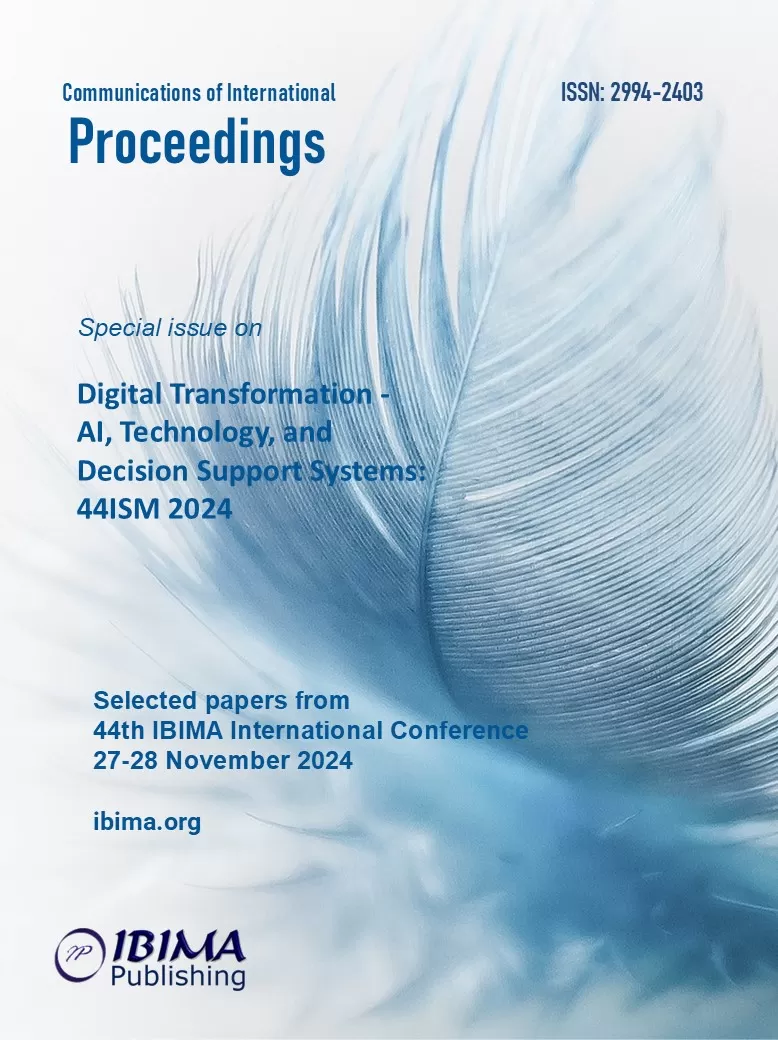
Anna WOZNICA-HANUSIK
University of Economics in Katowice, Poland

This article addresses the topic of network effects in two types of digital platforms for passenger transport: public transportation platforms and shared mobility platforms. The first section discusses the issue of technological development, including platforms and operating systems. The second section addresses the issue of digital platforms, providing their definitions and proposed typologies. The third section discusses the topic of network effects in digital platforms, highlighting the role of users in generating these effects as well as the localization challenges related to them. The primary objective of this article is to present network effects within passenger transportation platforms which is presented in the final section. The focus is mainly on platforms associated with public transport and shared mobility, areas that have not been extensively covered in existing literature. Examples of both direct and indirect, as well as positive and negative, network effects are presented. This article serves as a preliminary contribution, forming the foundation for future research. In the case of public transport platforms, network effects can be generated by features such as the ability to purchase tickets or access timetables for an increasing number of cities through a single platform. For shared mobility platforms, network effects are driven both by the growing number of users joining the platform to access its services and by the increasing number of vehicles available for rental. However, with an excessive number of users, problems such as vehicle blocking (negative effect) may arise, while at the same time, the platform could attract additional vehicles and users (positive effect).